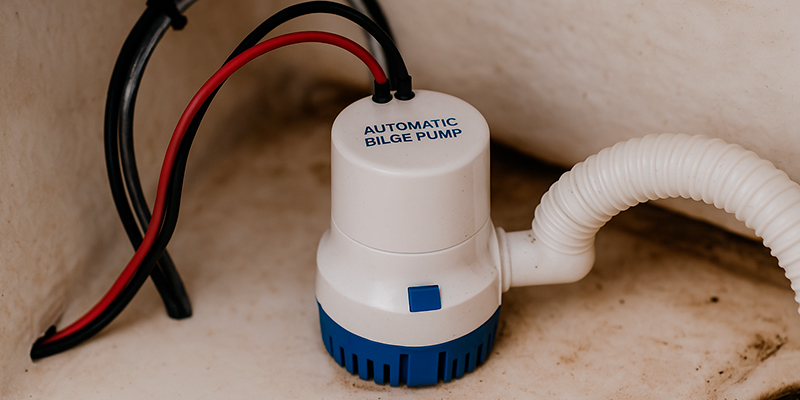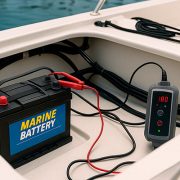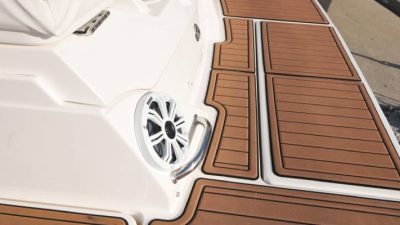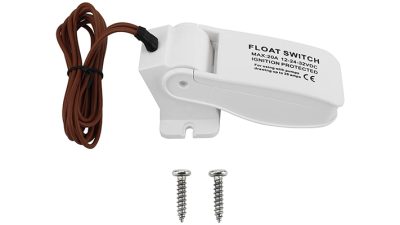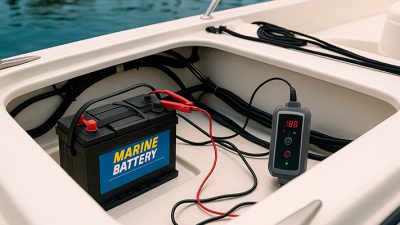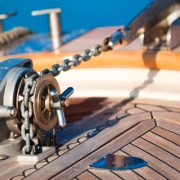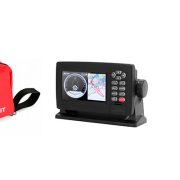Wiring an automatic bilge pump correctly is essential for protecting your boat from flooding. This setup allows the pump to run automatically when water is present and also manually when needed. Follow this guide to ensure proper installation using quality marine hardware and components.
What You Need
- Automatic bilge pump with float switch (internal or external)
- 3-way rocker switch (manual-off-auto)
- Marine-grade 14 or 16 AWG wire
- Inline fuse (usually 5-10 amps)
- Ring terminals, butt connectors, heat shrink tubing
- Battery or power distribution block
- Zip ties and mounting hardware
Step-by-Step Wiring Instructions
1. Understand the Wire Colors
Most automatic bilge pumps have three wires:
- Brown (manual positive connection)
- Brown with white stripe (automatic/float switch positive)
- Black (negative/ground)
2. Mount the Pump
Place the bilge pump in the lowest part of the bilge. Secure it with screws or the locking base. Make sure water flows freely to the pump and the discharge hose runs upward and outboard.
3. Connect the Ground Wire
Attach the black ground wire from the pump to the negative terminal of the battery or a common ground bus. Use a ring terminal and heat shrink for protection against corrosion.
4. Wire the Automatic Function
Connect the brown/white wire (float switch) to a fused power source. This allows the pump to run automatically even if the switch is off. You can wire this to the battery directly, using a 5A inline fuse for safety.
5. Wire the Manual Switch
Connect the brown wire to the manual terminal on the 3-way switch. Run another wire from the switch’s power terminal to a fused circuit on your boat’s main panel or battery.
6. Connect the Switch Ground
If your rocker switch has an LED indicator, it may require a ground wire. Attach it to the common ground.
7. Test the System
Test the automatic mode by lifting the float or adding water to the bilge. Flip the manual switch to check that the pump runs on demand. Double-check connections, wire crimps, and fuse ratings.
Additional Tips
- Label all wires during installation for easier troubleshooting.
- Use marine-grade components to resist vibration, moisture, and salt exposure.
- Route wiring away from fuel lines and sharp edges.
- Use a waterproof junction box if installing external float switches.
Correctly wiring an automatic bilge pump ensures your boat stays dry and safe, whether docked, cruising, or unattended. Regularly test the system and keep terminals clean to maintain reliability season after season.

